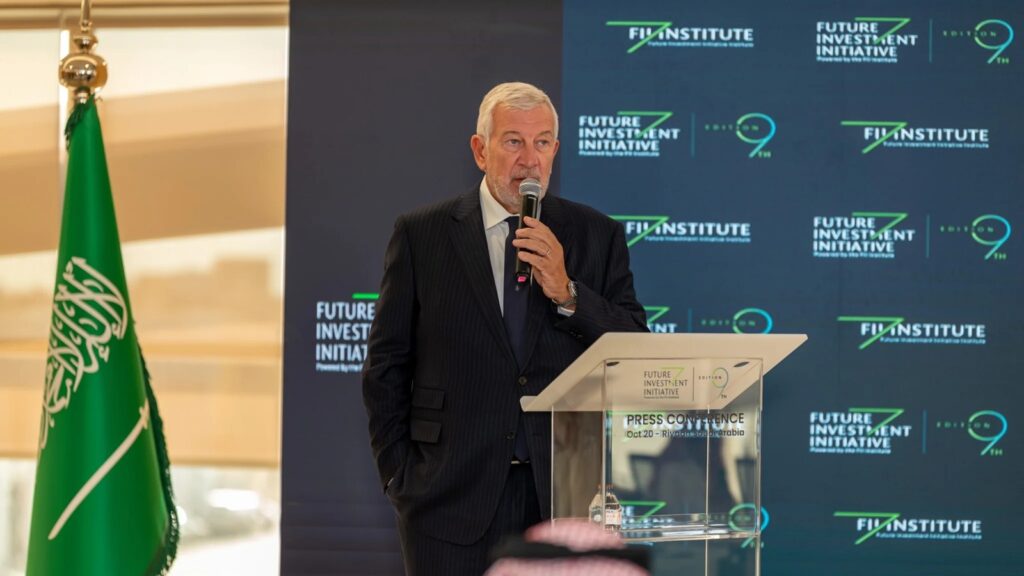A new report by Hypeauditor, a technology that helps detect influencer fraud on various platforms using an intuitive machine-learning algorithm states that 53% of influencers in the UAE, use artificial means to grow their following and engagement. With the influencer marketing industry poised to become a $15 billion dollar industry by 2022 and an audience of 3.78 million Instagram users in the UAE alone, these new insights tend to be a cause for concern. Communicate spoke with Nick Baklanov, marketing specialist at HypeAuditor to get more details on the insights.

How does the algorithm of Hypeauditor work?
We programmed our machine learning algorithm to detect certain patterns in the influencer’s account to understand whether their follower count and engagement is original or fake. The algorithm can detect bots very easily. Some of the patterns include:
- Finding handles with digits in the username.
- Posts where the ratio of likes to comments is disproportionate.
- Bot subscribers.
- Engagement
- Quality of audience
The Instagram influencer landscape in the UAE is divided into five ties based on the follower count:
- Mega influencers and celebrities (over 1M followers)
- Macro-influencers (100K-1M followers)
- Micro(5K-20K followers) and Mid-tier(20K-100K followers) influencers
- Nano influencers (1K-5K followers)

Engagement rate (ER) is a commonly used benchmark to measure the success an influencer has when he/she attempts to connect with their audience. Highly engaging content with many likes and comments often stand a better chance of organically appearing on an Instagram feed.

But sadly these numbers do not portray the reality of the matter, as many influencers in the UAE are involved in fraudulent activity. Some of the different tactics that can be used to inflate the influencers metrics are as follows:
- Buying followers which 35% of micro-influencers and a quarter of nano influencers do on a regular basis. “Using an SMM panel such as Followiz, you can purchase 1000 followers for as low as two dollars,” said Baklanov. “People are even able to purchase likes as well and even go to the extent of deciding which country these likes should come from and it’ll cost max, $1 and 68 cents for about 1000 likes,” added Baklanov.

- Follow/unfollow or mass following is a common tactic to find new followers. An influencer follows a random account, drops a like and comment on their posts, waits for them to follow back and then quickly unfollows them. Third-party applications help influencers to perform this tactic in large numbers and in the UAE, 20,55% of mid-tier influencers are involved in this malpractice.
How does the Hypeauditor algorithm detect influencers who use the follow/unfollow trick?
The algorithm gathers the open data from the influencer’s profile and detects the pattern on the growth graph to notice for irregularities.
“Since Instagram flagged the follow/unfollow tactic, these influencers now use mass story views. It’s a similar process where a user utilizes a third party application to view over 50,000 stories and polls per day and gains followers from the publishers of these stories and polls,” says Baklanov.
- Comment pods are groups of influencers who collaborate to inflate each other’s activity. The danger of this tactic is that the comments are coming from authentic accounts with high-quality content on their pages. 10.76% of nano influencers in the UAE are engaged in such activity.”A cloud-based instant messaging service known as Telegram is used by influencers for comment pods. The service has various chat groups with names such as DX 25 which means you can get 25 likes and comments from the other group members on your post. The process is a basic give and take scenario. If I want 25 likes and comments on my post, I have to interact and like 25 other members’ posts on the group before sharing the link to my post. There’s an algorithm monitoring all the activity,” as explained by Baklanov.
 “These kinds of comments are very easy to detect because of their monosyllabic pattern. You’re also able to get a premium subscription to the service- which lets you avoid interaction with other posts and get what you’re looking for,” says Baklanov.
“These kinds of comments are very easy to detect because of their monosyllabic pattern. You’re also able to get a premium subscription to the service- which lets you avoid interaction with other posts and get what you’re looking for,” says Baklanov. - Inauthentic comments are quite a common tactic and quite prevalent among the various tiers of influencers in the country. The algorithm measures inauthentic comments based on multiple factors such as; the content of the comment which includes suspicious elements such as – only emojis, words like wow, cool, fantastic, etc and quality of the account.

Almost one-third of influencers have inauthentic comments. The biggest percentage of them are on celebrity accounts but not due to their inauthentic actions but because of the overall level of SPAM which is present on the platform. Most of it comes from users who use Instagram comment tools and bots.



 “These kinds of comments are very easy to detect because of their monosyllabic pattern. You’re also able to get a premium subscription to the service- which lets you avoid interaction with other posts and get what you’re looking for,” says Baklanov.
“These kinds of comments are very easy to detect because of their monosyllabic pattern. You’re also able to get a premium subscription to the service- which lets you avoid interaction with other posts and get what you’re looking for,” says Baklanov.



